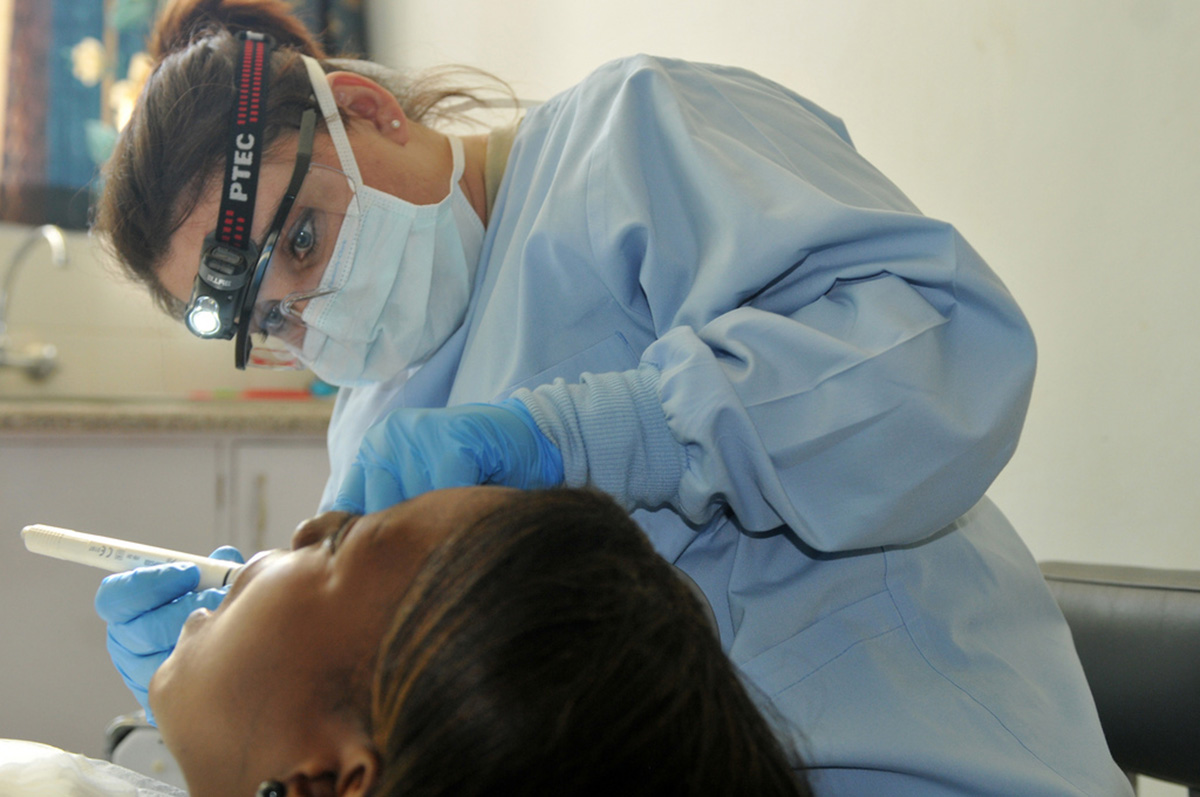Table of Contents
As dental implants are becoming more and more common in people of all age groups, patient awareness of procedures that may need to be done alongside implants has also spread. People are aware that they may require some amount of bone grafting or maybe even a membrane placement if their bone is insufficient to support the implant on its own. They are however less aware about the need for sinus surgery during the implant placement procedure. This procedure is also called a sinus lift.

What Is Sinus Lift Surgery?
The sinus that is being referred to here is the maxillary sinus. The anatomical position of this sinus is in close relation to the maxillary upper teeth. The second premolar and the molars are frequently in close proximity to this sinus, although in some rare cases, the sinus can also be in close vicinity to the first premolar.
In certain situations, the patient has an insufficient amount of bone to place a dental implant in the upper arch without puncturing the sinus membrane. For example, the bone height available is 6 mm, which is insufficient for an implant of 10 mm. Such an implant would puncture the sinus membrane unless a sinus lift procedure is performed.
This space is then usually filled with a bone graft to hopefully promote the formation of bone to augment the implant support over time. The entire procedure is performed on the dental chair itself under local anesthesia. There is usually no need for any hospitalization.
The surgery can be performed in two manners:
- An Indirect Sinus Lift
- A Direct Sinus Lift
Indirect Sinus Lift
This is a far less invasive procedure than the direct sinus lift. It is also technically less demanding of the operator and has a higher rate of success. The problem is that this procedure is not sufficient in cases which have a very poor bone height to begin with.
The procedure for an indirect sinus lift is very similar to getting an implant placed. The dentist will drill in a precise manner, ideally getting within 1 mm of the sinus. Bone-cutting drills are substituted for special sinus lift drills, which will remove the last sliver of bone and then use it to "tent" the sinus upwards, thus creating additional space for the implant.
READ Dental Implants as a Solution to Missing Teeth
Depending upon the initial bone level, the dentist may or may not choose to place a bone graft in the area. Once this part of the procedure has been performed, an implant is placed in the mouth and healing is allowed to take place.
The limitations of this procedure include the fact that "tenting" can only be done until a certain point before the sinus membrane will rupture. Think of it like applying pressure on a balloon where after a certain point it will give way and burst (there is no explosion in the sinus however!). There is also the need for at least 5 mm of bone to provide the primary stability of the implant. This primary stability is considered absolutely paramount to the success of the implant and something that every implant placement must aspire to.
- Photo courtesy of usarmyafrica: www.flickr.com/photos/usarmyafrica/5725063775/
- Photo courtesy of usarmyafrica: www.flickr.com/photos/usarmyafrica/5725063775/
- Photo courtesy of tnarik: www.flickr.com/photos/tnarik/3349005550/
- en.wikipedia.org/wiki/Sinus_lift
- www.colgate.com/en/us/oc/oral-health/cosmetic-dentistry/implants/article/sinus-lift
- Natl J Maxillofac Surg. 2012 Jan-Jun
- 3(1): 31–37. doi: 10.4103/0975-5950.102148 Direct vs. indirect sinus lift procedure: A comparison


Your thoughts on this